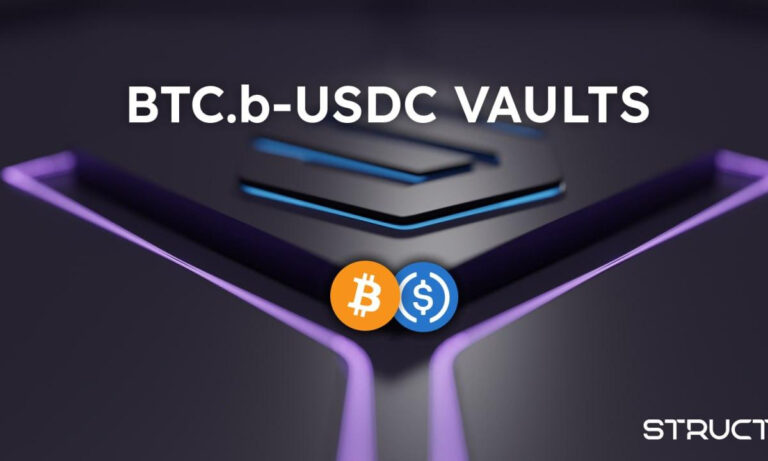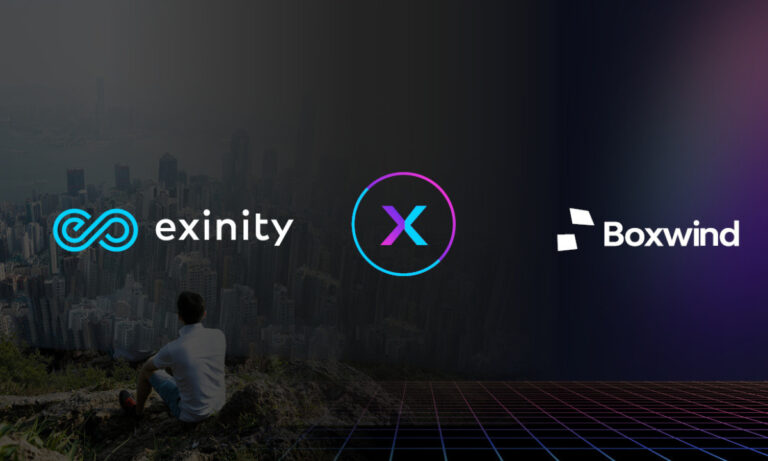Proof of stake vs. proof of work: The differences between these two methods of verifying cryptocurrency transactions

Proof of stake vs. proof of work: The differences between these two methods of verifying cryptocurrency transactions
To validate transactions the current decentralized blockchains like Ethereum and Bitcoin require computers to ‘prove’ their presence on the network and Proof of work and Proof of stake are the most prominent ones among them.
The two options are similar in that they’re both mechanisms through which a distributed network of participants can agree on which new block of transactions is added to a cryptocurrency’s digital ledger, known as a blockchain. But they differ in how they reach this endpoint.
Proof of work enables agreement on which block to add by requiring network participants to expend large amounts of computational resources and energy on generating new valid blocks.
Proof of stake requires network participants to stake cryptocurrency as collateral in favor of the new block they believe should be added to the chain.
Pros & Cons
Energy consumption is one major difference between the two consensus mechanisms. Because proof-of-stake blockchains don’t require miners to spend electricity on duplicative processes (competing to solve the same puzzle), proof of stake allows networks to operate with substantially lower resource consumption.
Both consensus mechanisms have economic consequences that penalize network disruptions and thwart malicious actors. In proof of work, the penalty for miners submitting invalid information, or blocks, is the sunk cost of computing power, energy, and time. In proof of stake, the validators’ staked crypto funds serve as an economic incentive to act in the network’s best interests. In the case that a validator accepts a bad block, a portion of their staked funds will be “slashed” as a penalty. The amount that a validator can be slashed depends on the network.












+ There are no comments
Add yours